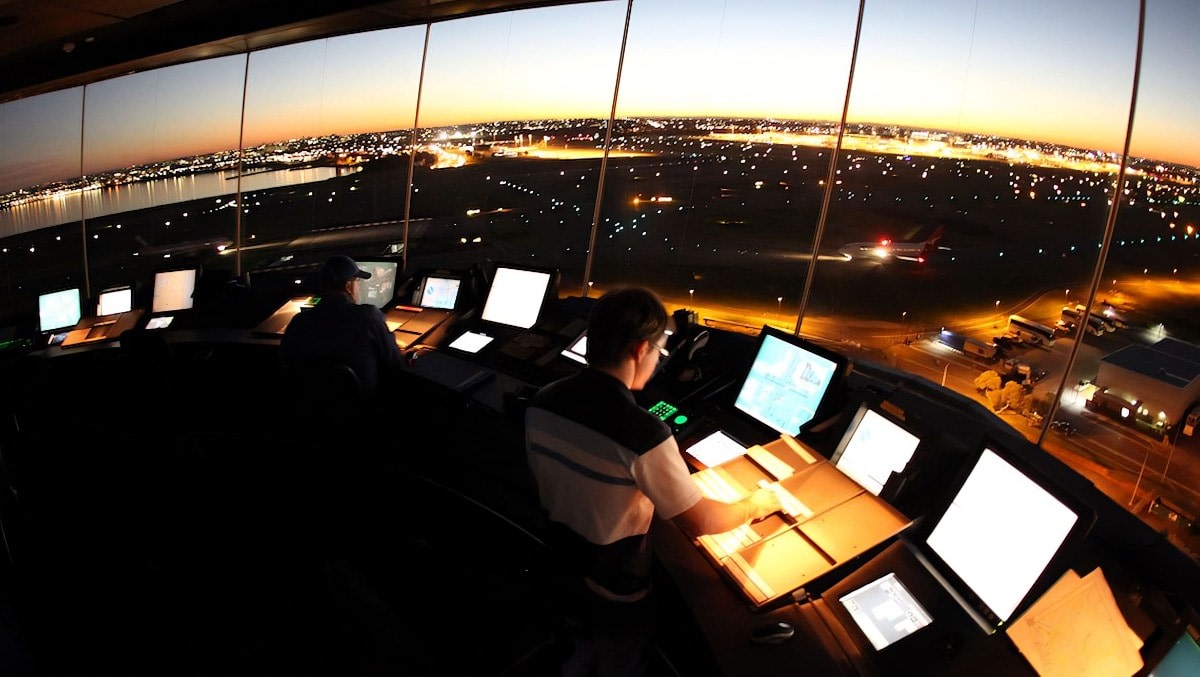Defence Industry Minister Pat Conroy has met with Thales Australia and New Zealand CEO, Jeff Connolly, to discuss how they can solve problems with a delayed project to merge both civilian and military air traffic control systems.
The federal government recently relisted the $4.1 billion OneSKY program as a “project of concern” amid what it called “significant schedule, technical and cost challenges”. It’s now reported to be delayed by two years and won’t launch until at least 2025.
“Top-level focus is essential to ensure we put this project on track to deliver a new civil and military air traffic management system for Australia,” said Minister Conroy.
“I thank Jeff Connolly and his senior leadership team for the spirit of cooperation and the constructive ideas they brought to the table today.
“The government is strongly committed to successful delivery of the CMATS project.”
Minister Conroy said he is confident Thales can address shortcomings.
“The measures we agreed today will strengthen the process and provide leadership of project delivery,” he said.
“I’m pleased to say there is a strong commitment from all parties to move forward on resolving and remediating these complex endeavours.”
The meeting also involved senior Defence, Infrastructure and Airservices Australia officials at the Projects of Concern Summit in Canberra — the first since 2020.
In October, Australian Aviation reported how the Albanese government said it found that at least 28 projects are behind schedule by a cumulative 97 years, while 18 were also over budget. It claimed the blowout in costs reached $6.5 billion and pledged a raft of reforms to stop future complications.
In particular, Labor highlighted the Spartan’s inability to land on battlefields as an example of mismanagement of Defence projects by the previous Liberal federal government.
Australia currently has 10 Spartans operated by No. 35 Squadron from RAAF Base Amberley, which now focuses on peacetime operations such as search and rescue and aeromedical operations.
The RAAF initially bought the aircraft as a replacement for the Caribou, to fit in between the Chinook and larger Hercules and C-17 Globemaster.
Despite the first arriving in 2015, problems with its electronic self-protection system, designed to keep it safe under fire, mean it still has not achieved Final Operational Capability (FOC).
Air Vice-Marshal Catherine Roberts, who previously headed air force capability, said in 2019, “The C-27J program has been challenging and … there have been significant delays in terms of achieving the capability outcomes that were originally determined.”
However, she argued that the aircraft would still play a “significant role” in Australia’s defence capabilities.
Last year, Defence acquired four more Chinooks to bolster its capability in battlefields. The RAAF also looks set to purchase 24 new versions of the Hercules for up to $10 billion to replace its ageing fleet of the iconic aircraft.
Other programs of concern listed by Labor included:
- $44 billion Hunter Class Frigate program — construction delayed by four years and expected cost is $15 billion higher than initially anticipated
- $3.7 billion Offshore Patrol Vessel project — running one year behind schedule
- $356 million Evolved Cape Class patrol boats — running nearly a year behind schedule
- $970 million Battlefield Command System — three years behind schedule
According to the Albanese government, these “significant and systemic issues” are the result of mismanagement from the former Morrison government.
“Money was being flushed down the toilet while the former government regaled in how much they were spending on defence,” Deputy Prime Minister and Minister for Defence Richard Marles said.
“We face the most challenging strategic circumstances since the Second World War — this, along with the serious pressures facing the economy mean we need to be more responsible about how we manage critical projects, particularly as we reach record spending within Defence as a per cent of GDP.
“It’s not as though we can go onto the battlefield and overwhelm our adversary by waving a copy of the budget papers in their face.”
















